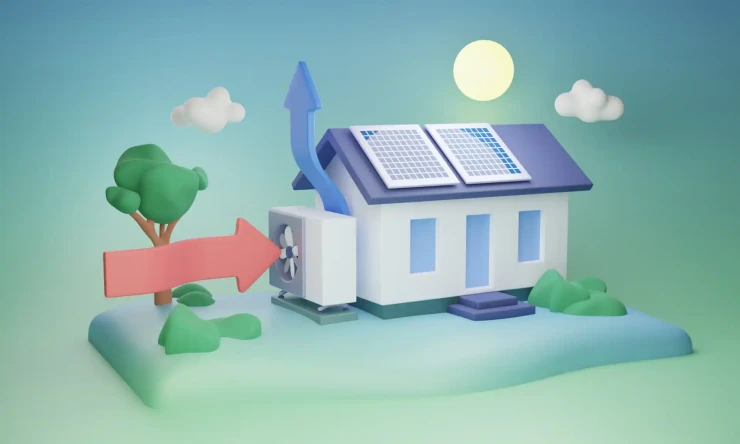As companies set low- and zero-emission goals for the future, they are turning to renewable energy for their power needs more and more. This boom in renewables is great news for the environment — but it brings up new risks for workers in those industries.
Massive growth in the renewable energy sector in recent years means health and safety measures are playing catch-up. Developing adequate safety precautions for workers should be at the centre of every renewable energy company’s priorities moving forward.
What the Growth of Renewable Energy Means for Worker Safety
Renewables like solar, wind, geothermal, water and bio-energy power are the way of the future. For example, the International Energy Agency (IEA) has a plan for net zero emissions over the next 30 years that includes a goal of 13% per-year gains for geothermal energy in the next decade. The UK has developed a steady stream of construction on renewable energy infrastructure, especially offshore wind projects.
As these industries are growing rapidly, regulations and safety standards struggle to keep up with their progress. Infrastructure is being built faster than safety officers can put together site-specific safety plans (SSSPs). That means current protocols may be inadequate, putting workers at risk as they go about their duties.
Renewable Energy Industry Hazards
Energy production has always been an important industry, supporting the daily and long-term operations of every other sector — but it’s also full of risks to workers. Common hazards include exposure to harmful substances, heat and flame, electrical currents, confined spaces and contaminated environments.
While these hazards may be common across all construction and energy sectors, the recent building boom for renewable infrastructure means companies are hiring many new workers — green job advertising in the UK nearly tripled in 2022. New employees may be unfamiliar with common hazards. Energy companies must take every new and existing threat seriously to protect all employees and surrounding communities.
More recent renewable infrastructure poses unique challenges. For example, wind turbines are a major source of power in the UK, contributing over 25% of Britain’s electricity in 2022. However, working at such heights on wind turbines puts workers at new risks of falls and other accidents.
In the solar industry, exposure to new chemicals and substances — such as cadmium telluride, used in certain solar panels and a known carcinogen — may increase the risk of sickness and long-term illness if the proper precautions aren’t put in place.
Developing Safety Precautions for Renewable Industries
While renewable energy is generally safer for workers than fossil fuels— the coal sector has the highest fatality rate at 100,000 deaths per terawatt hour, while wind power reports just 150 deaths per terawatt hour — it’s still necessary to implement safety measures. There are several ways renewable energy companies can improve worker health and safety:
- Prevention through design (PtD): Also known as safety by design, this practice involves proactive designs that help workers avoid potentially dangerous situations. Rather than teaching employees to protect themselves from the workspace, PtD makes the workplace inherently safer.
- Safety assessments: Regular safety checks and evaluations are essential for every industry, but they’re especially important when a sector is moving as quickly as renewable energy. Health and safety officers should frequently review existing measures to ensure they adequately support workers — and authorise new protocols if not.
- Specialized employee training: Workers are their own biggest advocates. Companies should provide all of the training and tools necessary for employees to keep themselves safe on the job. Learning the correct behaviour when working at heights or in confined spaces can make a huge difference in risky situations.
- Advanced safety technology: Renewable energy is developing so rapidly in part due to the latest technologies, which allow for faster construction and implementation. Why not harness this technology for safety as well? For example, sensors that remotely monitor weather conditions and wind speeds at the top of a wind turbine or robotics that can fit in a confined space so human workers don’t have to can eliminate a few of the most common occupational hazards.
Making Safety a Priority in Renewable Energy
Renewable energy is an important resource for reducing emissions and protecting the natural environment. However, these sectors bring new risks as well. As companies and workers familiarise themselves with renewable infrastructure and technology, safety should be a top concern for everyone involved.
By Jane Marsh





























